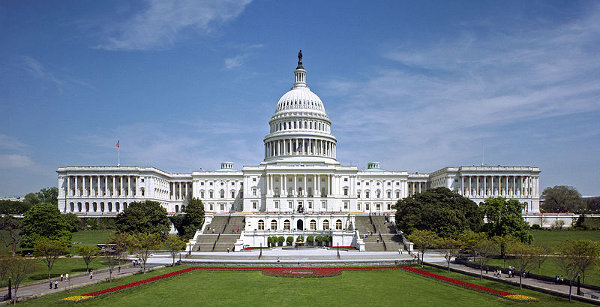
In Mathematical Applications of Political Science, University of Minnesota political scientist William Riker describes a worrisome voting paradox that unfolded in the U.S. House of Representatives in 1956. At issue was a bill calling for federal aid for school construction; an amendment was proposed that would have offered this aid only to states whose schools were integrated. The House was divided into three interest groups:
- Republicans opposed federal aid in general but supported integration. They would have preferred no bill at all but favored the amended bill to the original.
- Northern Democrats wanted the amended bill but would accept the original bill rather than have no bill at all.
- Southern Democrats, whose schools were segregated, favored the original bill but would prefer to have no bill rather than accept the amendment.

Clearly the original bill would have passed, as the Democrats as a group preferred it to having no bill at all. But, following procedure, the House voted first on whether to accept the amendment, and here the Republicans and the northern Democrats combined to support it, since both preferred the amended bill to the original bill. The second vote addressed whether to accept the now-amended bill, and now the Republicans and the southern Democrats united to kill it, since both preferred no bill to the amended bill.
So the original bill was popular, and the proposed amendment was popular, but combining them led to the bill’s defeat. “As if it were not enough that the choice may depend on the voting order, this fact can be used to twist the outcome of the legislative process,” Riker writes. “It may be possible to create a voting paradox such that no action is taken by the legislature even though a proposed bill would have passed prior to the creation of the paradox. A legislator could introduce an amendment to create such a paradox, and if the voting order were just right, the amended proposal would then be defeated.”
